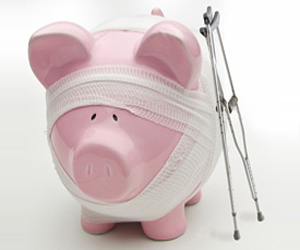Send this article to a friend:
March
06
2019

Send this article to a friend: March |
 |
An Honest Look At Recession Risk - A Simple Model Tells You How Close We Are
There is a healthy debate around the severity of the slowdown and whether a move from 3% growth to 2% growth is something to worry about, but the idea that growth in the US is softening is settled and empirically observable in a wide array of data points, including housing, auto sales, retail sales, and more. The conversation has shifted from a possible slowdown in growth to the probability of a soft landing as we had in 2015-2016 or a recession (hard landing). In this note, I want to use a data-driven approach to demonstrate the true level of recession risk that is empirically observable in the data at this point. At the conclusion of this note, which will be based on data, not opinion, we should agree to the level of recession risk in the economy at this moment in time. Of course, this data is dynamic and will change with each passing day. Also, recession risk is different than growth rate cycle risk. I monitor three distinct time-durations as well as the interconnectedness between each time duration. The growth rate cycle, which typically spans 12-36 months, occurs within the business cycle. Periods of decelerating economic growth lead to risk in financial assets and corrections in the stock market but do not result in a recession. This economic cycle has had three distinct slowdowns in economic growth, one currently underway, and none has resulted in recession, but all have resulted in major stock market turmoil. Monitoring the growth rate cycle is extremely important. The business cycle, which typically lasts 6-10 years, results in larger swings in economic growth, typically ending with contractions in growth (recession) as a result of an exhaustion of pent-up demand. Recessions, more often than not, are disastrous for risk assets.
|
Send this article to a friend:
 |
 |
 |